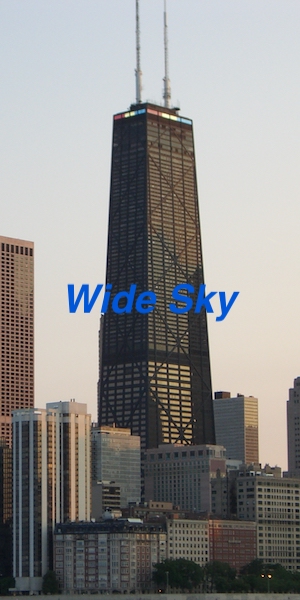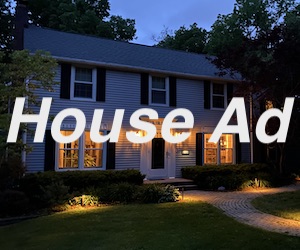Two weeks ago I participated in a couple of events during AdWeek in New York. The first was Rubicon’s own #letsfixit event where agency advertising representatives joined a panel with publishers and the rest of the demand train to discuss the difficulties of running ads online. The attention shifted from learning about the process to learning about where the process fails.
Familiarity
 Bernhard Glock of Medialink, who was not on the panel, but chimed in with a profound thought. Buying on television is buying something that’s familiar, with seemingly known or at least comfortable impact and expectations on results. By contrast, buying online display is a complete mystery. His solution, just buy on television because that’s what he understands.
Bernhard Glock of Medialink, who was not on the panel, but chimed in with a profound thought. Buying on television is buying something that’s familiar, with seemingly known or at least comfortable impact and expectations on results. By contrast, buying online display is a complete mystery. His solution, just buy on television because that’s what he understands.
In addition to all the great insight each panelist shared, this sticks out as an important point of the event. If there’s something to be learned by this it’s that the Kawaja diagrams are illustrating the point – online is confusing to the buyers, and that’s bad.
The second event I attended during Adverting Week was the OpenRTB TownHall discussion. I was lucky enough to participate as a panelist so I had ample opportunity to grab the mic and dig in when I found things getting interesting. Alex Horowitz and Stephen Tompkins were in attendance as the lone representatives of agency buyers – Vivaki. The old, beaten, dead horse rose up from the grave with the phrase that ‘buying online is less efficient than print and television’. I decided to beat that horse a little bit more and asked the agency guys if that’s really keeping dollars from moving online. The answer: No.
Efficiencies, or lack thereof, are not the things keeping big agency dollars offline; it’s lack of inventory. More specifically, it’s lack of premium inventory keeping the money at bay. Or is it?
Predictability
At the end of Ad Week Rubicon hosted a #letsfixit cocktail party to show appreciation for everyone’s thoughtful insights and general efforts in the online space. As I mingled I kept my topic top of mind with a few insightful folks. Todd Sawicki, from the Cheezburger Network, engaged me in a friendly argument over why the brand dollars aren’t moving online from TV. He had some good insights in the form of a story: When a brand advertiser, a fast food restaurant for example, puts up an ad on TV at 7pm he can track that to increased sales in that region at 11pm. He can predict how much he’ll profit to within 1%. Some of these guys have little dashboard widgets or something that shows them the money. And there’s no equivalent online. There’s no prediction that’s accurate enough, no cause and effect that can be tracked as simply as “I spend X, I get Y, repeat”.
Repeat – that might be the key. Innovation in online advertising does not give you repeatable results for very long. There’s always something jumping up that changes the game and the traffic doesn’t hit the same sites with certainty. What happened last year may not happen exactly the same this year. This leaves brand advertisers and their agency representatives in a difficult position when putting together an online ad budget and showing the projected results.
Getting it Right
So what’s the take-away here? We’ve got 100s of little companies trying to solve efficiency problems for buying and selling online display, video and mobile. And those are fine companies, but a lot of them can’t get their hands around the big problems. Coming out of Ad Week it seems that we like to discuss those problems and argue about them in meaningful ways. And it feels like the conversation is getting elevated, at long last, to the point where we’re beginning to understand the entire ecosystem’s roadblocks to expansion. Randall Rothenberg says we’ve only got 18 months to get this thing right, so let’s keep that conversation going. #letsfixit




